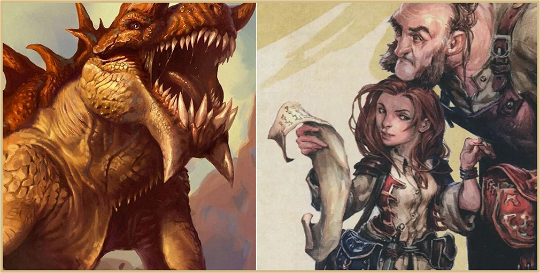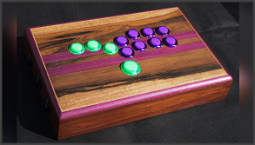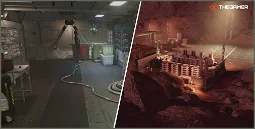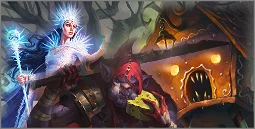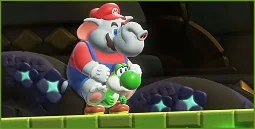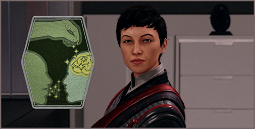Everything you need to know about Dungeons & Dragons creature size
Want to know about Dungeons & Dragons creature size? You don’t need to be a Dungeon Master to know how size can affect gameplay in the 5e roleplaying game. Whether you’re using tiles or a hexagonal grid, understanding creature sizes is crucial to creating quality encounters.
Creature size is an integral part of Dungeons & Dragons, and we’ve already talked about how it can affect combat. However, there are plenty of other ways size can come into play in the fantasy RPG game. Whether you’re a player or DM, knowing how creature size works and what it can affect is essential.
What is Dungeons & Dragons creature size?
There are six size categories in D&D: Tiny, Small, Medium, Large, Huge, and Gargantuan. Each creature belongs to one of these categories and influences gameplay in the RPG game in various ways.
The size of a creature can affect gameplay in the following ways:
Creature size and carrying capacity
Creature size also has an effect on carrying capacity. Generally, larger creatures can carry more weight than smaller ones. Some race abilities can allow you to carry more, and certain classes, like the Duergar and Rune Knight, can also increase your capacity.
Heavy weapons can be challenging for Small and Tiny-sized creatures to wield, but if you’re a player, you can use your ability check to see if you can wield it. If you fail, you might still be able to use the weapon, but it can produce some adverse effects, such as disadvantage on attack rolls.
Some spells, like the Enlarge Reduce, can temporarily change a creature’s size category. Certain classes have abilities that affect size, such as the Duergar, who can change their size, and the Rune Knight, who can affect the size of others.
Dungeons & Dragons creature size summary
Here is a quick recap of Dungeons & Dragons creature size:
Now you know all about Dungeons & Dragons creature size, it’s time to put your newfound knowledge to use. Maybe you’re a player looking for ways to use your character’s size to your advantage. Perhaps you’re a DM and you want to incorporate the size of your creatures into your story.
